Queen Victoria's Descendants Hold Almost Every European Throne
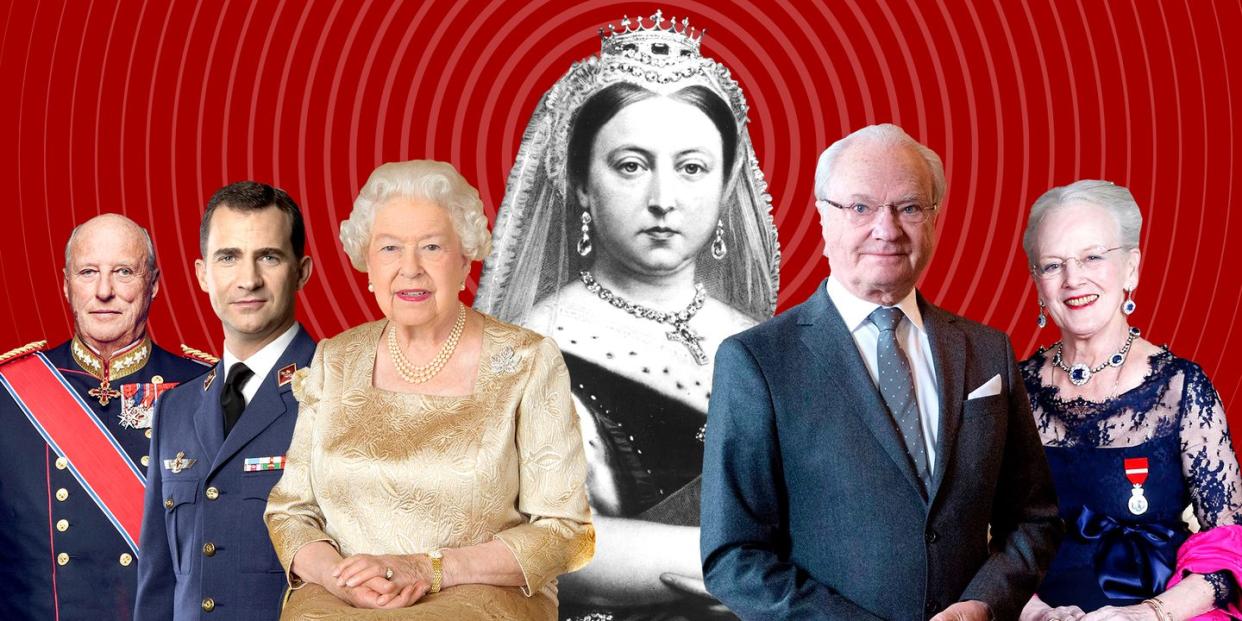
- Oops!Something went wrong.Please try again later.
- Oops!Something went wrong.Please try again later.
- Oops!Something went wrong.Please try again later.
- Oops!Something went wrong.Please try again later.
- Oops!Something went wrong.Please try again later.
- Oops!Something went wrong.Please try again later.
- Oops!Something went wrong.Please try again later.
- Oops!Something went wrong.Please try again later.
- Oops!Something went wrong.Please try again later.
- Oops!Something went wrong.Please try again later.
This story was published in May 2022, ahead of Queen Elizabeth II's Platinum Jubilee. On September 8, 2022, the Queen passed away, placing her son, King Charles III on the throne.
For a woman who was reportedly none too keen on having children, it may come as a surprise that Queen Victoria's genetic legacy has had such far-reaching and monarchy-defining power.
With nine children of her own, who in turn gave her 42 grandchildren, it's hardly a stretch to understand why the iconic Queen was nicknamed "the grandmother of Europe." But while Victoria herself died in 1901, leaving the throne to her eldest son, King Edward VII, the queen's legacy on the monarchies of Europe lives on even in modern times. Indeed, of the approximately 28 surviving monarchies around the world, five of them are held by descendants of Victoria.
Queen Victoria's Descendants on the Throne
Queen Elizabeth II
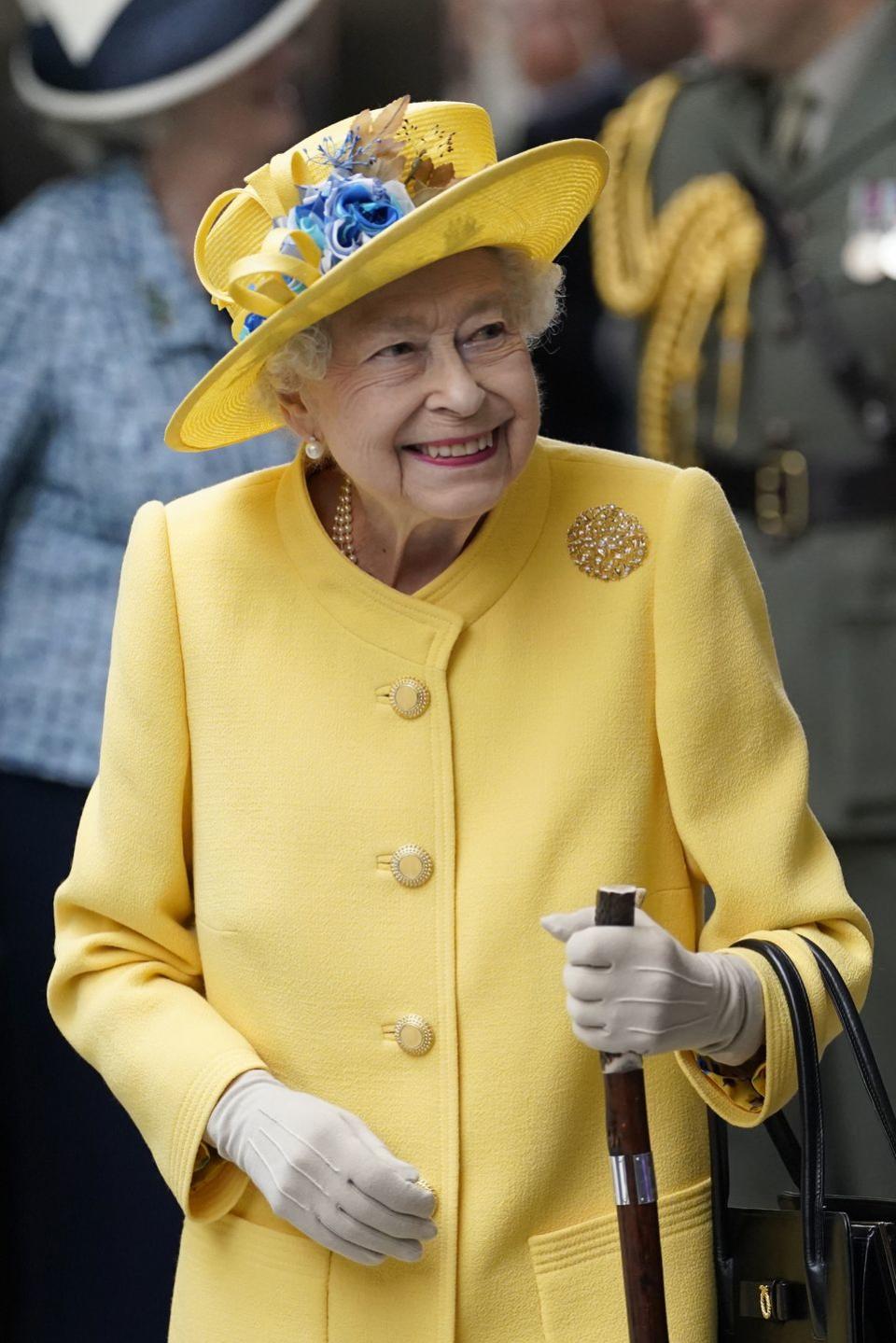
The most obvious of Queen Victoria's descendants is, naturally, the current queen of England. Directly descended from Edward VII, Queen Elizabeth is Victoria's great-great granddaughter. In 2015, she surpassed Victoria as the longest reigning British monarch in history, and this year, becomes the country's first ever to celebrate a Platinum Jubilee.
Interestingly, both Elizabeth's father, George VI, and grandfather, George V, came to the throne unexpectedly, being the second of their fathers's sons. In George V's case, he became heir after his elder brother, Prince Albert Victor, died of pneumonia before his father became king. George VI, in turn, inherited the title after his own older brother, Edward VIII abdicated to marry the American divorcee Wallis Simpson.
As dedicated fans of the British royals may know, the Queen's late husband, Prince Philip, also traced his legacy back to Queen Victoria through her her third child—Princess Alice, who was Philip's great-great-grandmother—meaning that their son and heir to the throne, Prince Charles, carries a double legacy of the famed Queen.
King Harald V of Norway
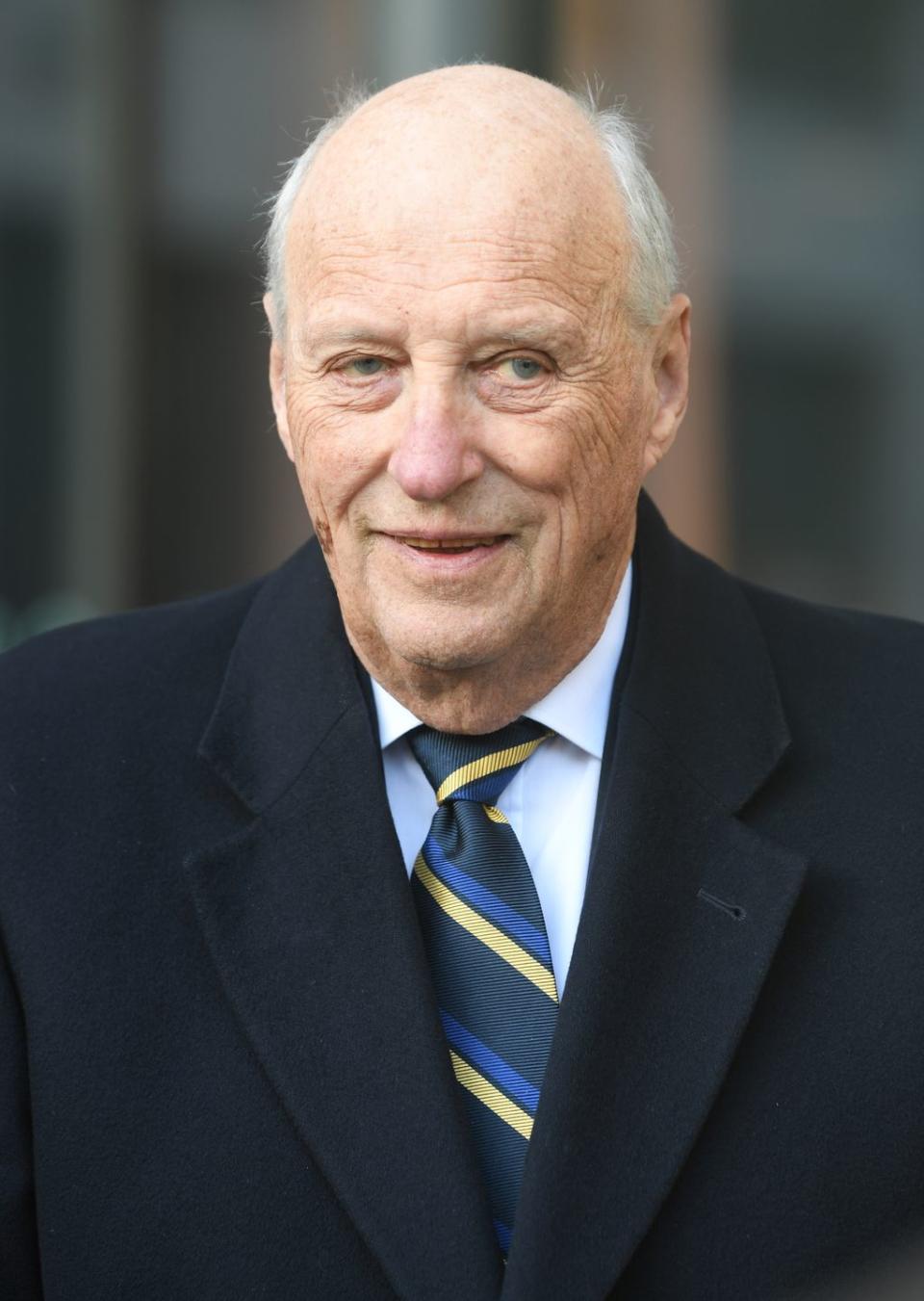
The non-British royal most closely related to Queen Elizabeth, Harald V is also a great-great-grandchild of Queen Victoria and is actually descended from the same branch of the family as Elizabeth II. Like the queen, his great-grandfather was England's King Edward VII, making the monarchs second cousins. Harald V's grandmother, Maud, was the youngest daughter of Edward VII and became Queen of Norway when she married Haakon VII in 1896. The couple had only one child, Olav V, Harald's father.
King Felipe VI of Spain
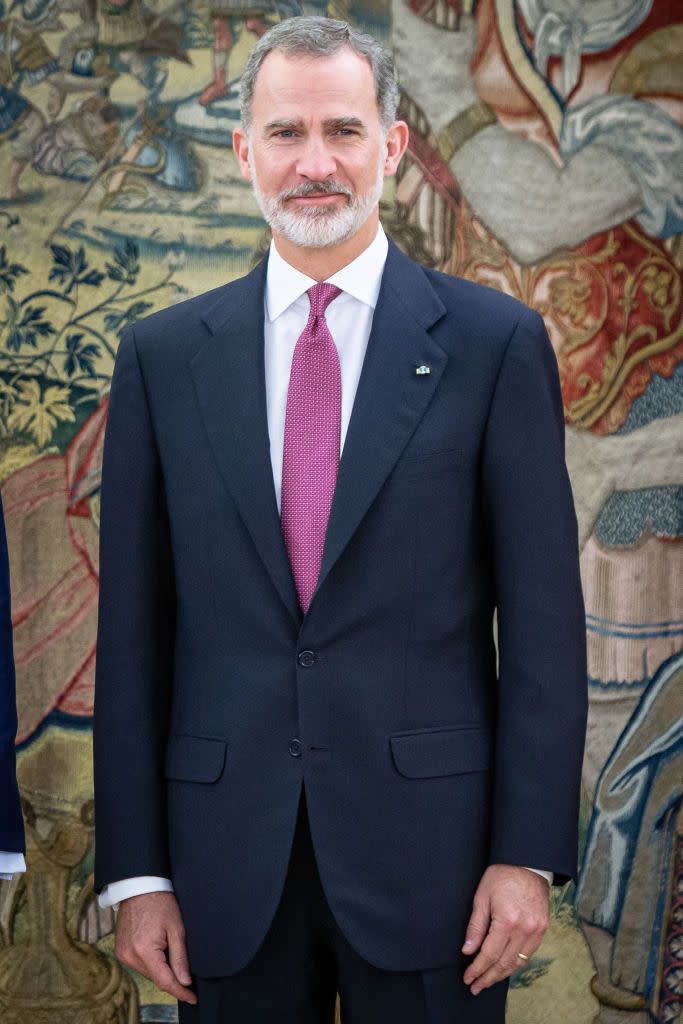
When it comes to strong genetic links to Queen Victoria, it's hard to outdo the Spanish king. The youngest of Victoria's reigning descendants, Felipe took over the Spanish throne from his father in 2014 after Juan Carlos I abdicated. ("I do not want my son to wither waiting like Prince Charles," the King reportedly said of his choice to step down.)
On one side, Felipe VI can trace his lineage to Victoria back through his paternal grandfather, Infante Juan, Count of Barcelona, who was the son of Princess Victoria Eugenie; herself the daughter of Queen Victoria's youngest child, Princess Beatrice. But that's not his only familial link to the iconic queen.
In fact, Felipe is also related to Queen Victoria through his mother, Queen Sofia of Spain, as well, via Queen Victoria’s eldest daughter, Victoria, Princess Royal, two times over. On her mother’s side, Sofia is the great-granddaughter of Kaiser Wilhelm II, while on her father’s side, she's the granddaughter of Sophia of Prussia. Both Wilhelm II and Sophia of Prussia were children of Victoria, Princess Royal, meaning that Sofia is both the great-great-great-granddaughter and the great-great-granddaughter of Queen Victoria.
King Carl XVI Gustaf of Sweden
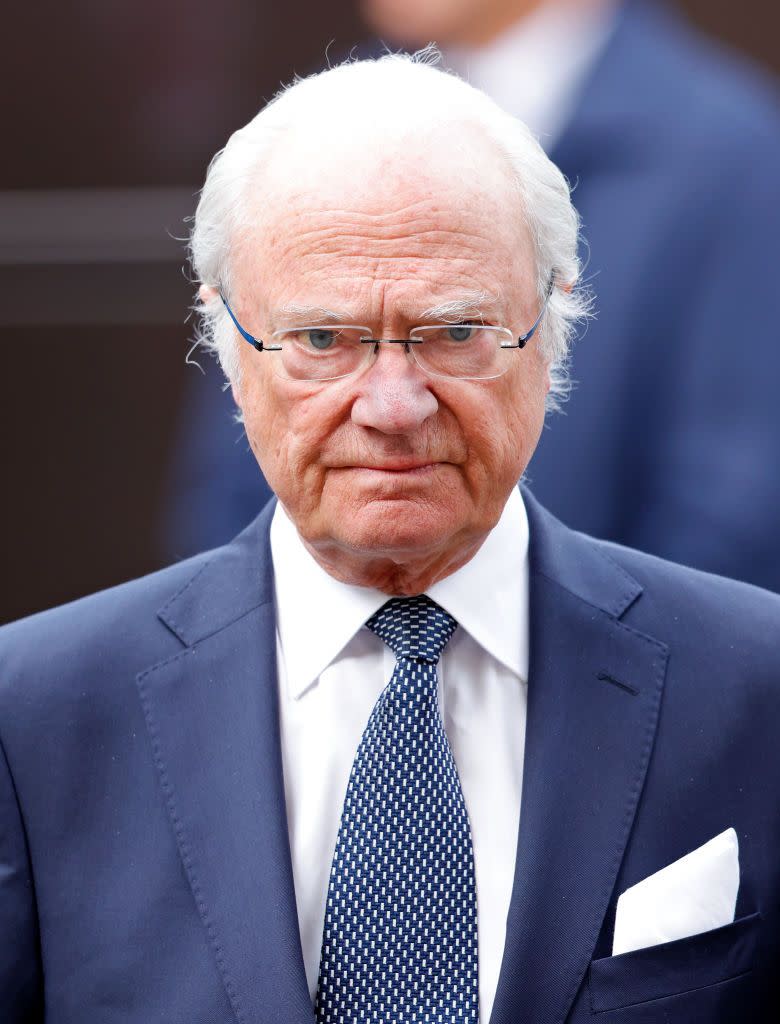
Like Felipe VI, the Swedish king also carries the distinction of being descended from Queen Victoria in multiple ways. Though he never got to know his father, Prince Gustaf Adolf (he died in a plane accident when Carl was only a baby), it is through him that Carl XVI Gustaf claims a connection to Victoria's seventh child, Prince Arthur. Arthur's daughter, Princess Margaret, married the then-prince of Sweden, Gustaf VI Adolf, and with him had five children, including Prince Gustaf Adolf and Queen Ingrid of Denmark.
Carl's mother, Princess Sibylla, on the other hand, was descended from Queen Victoria's youngest son, Prince Leopold. Leopold passed away young, as the result of hemophilia, but not before having two children with his wife, Princess Helena—a daughter, Princess Alice, and a son, Charles Edward. Charles Edward, who became the last reigning duke of Saxe-Coburg and Gotha before he and his family were stripped of their titles following his support of Germany in WWII, had five children, among them, Princess Sibylla.
Queen Margrethe II of Denmark
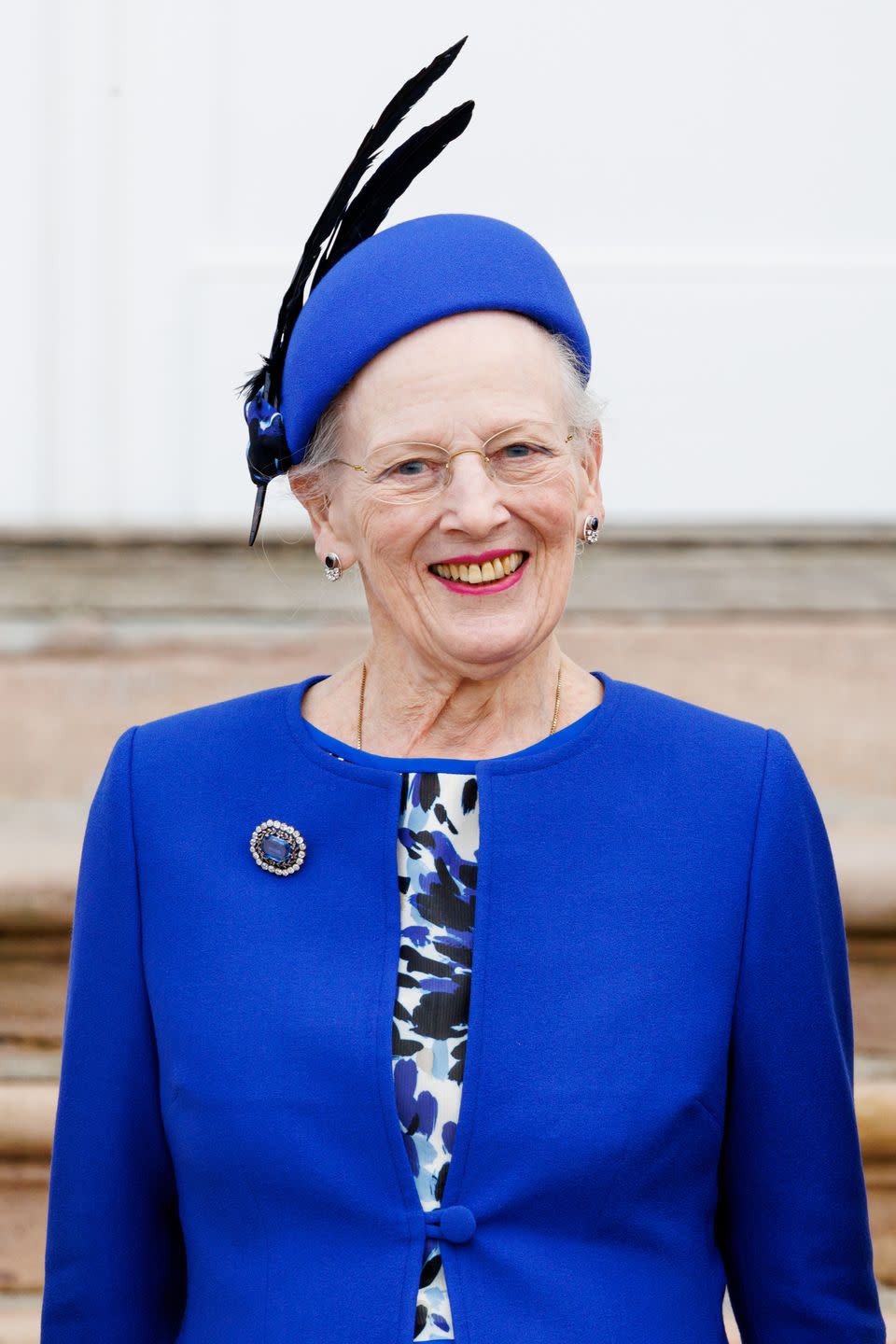
First cousin to King Carl XVI Gustaf of Sweden, Queen Margrethe II became the first female ruler of Denmark in over 500 years when she ascended the throne in 1972. Like Carl, Margarethe traces her family line back to Queen Victoria via Victoria's son Prince Arthur, by way of his daughter, Princess Margaret.
While Princess Margaret’s oldest son, Prince Gustaf Adolf, was part of the line to the Swedish throne before his untimely death, it was her only daughter, Ingrid, who would become a queen—albeit in another country. Ingrid, because of her royal blood and her beauty, was considered quite a catch, and some even speculated that she might be a match for the future King Edward VIII of England (prior to his abdication) but she ultimately married Frederick XI of Denmark, becoming Queen of Denmark in 1947 when her husband ascended the throne.
Together, the royal couple had three daughters, Margarethe, Benedikte, and Anne-Marie, a fact which might have led Frederick's younger brother to take the throne after his death, if not for a 1953 amendment that allowed female succession and led Margarethe to become heir to the throne.
Honorable Mention
King Phillippe of Belgium
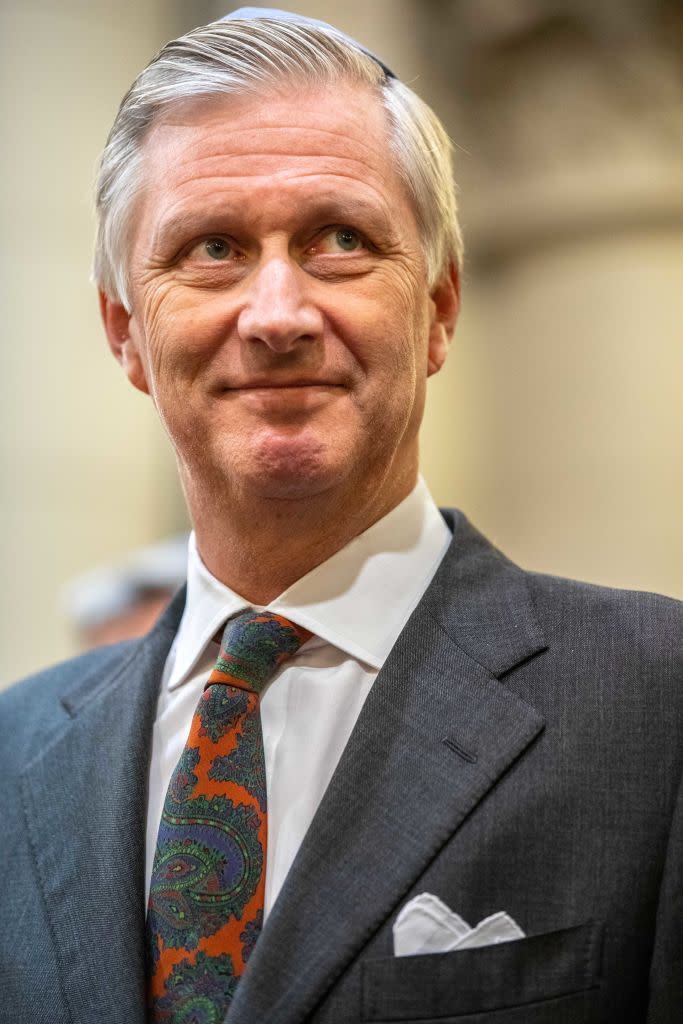
Though Phillippe is not a descendant of Queen Victoria, the two do still share a family tree. In fact, the current king of Belgium has genetic ties to both Victoria and her husband, Prince Albert, as he is the direct descendant of their mutual uncle, King Leopold I of Belgium.
Queen Victoria's Descendants Who Were the Last to Hold the Throne
While Queen Victoria's descendants already have an exceptional foothold in the royal world, were it not for numerous political shifts in the last century, the number of Victoria's monarch descendants could be far larger. Just take a look at all of these now-ended monarchies who were last presided over by Victoria's family.
Germany
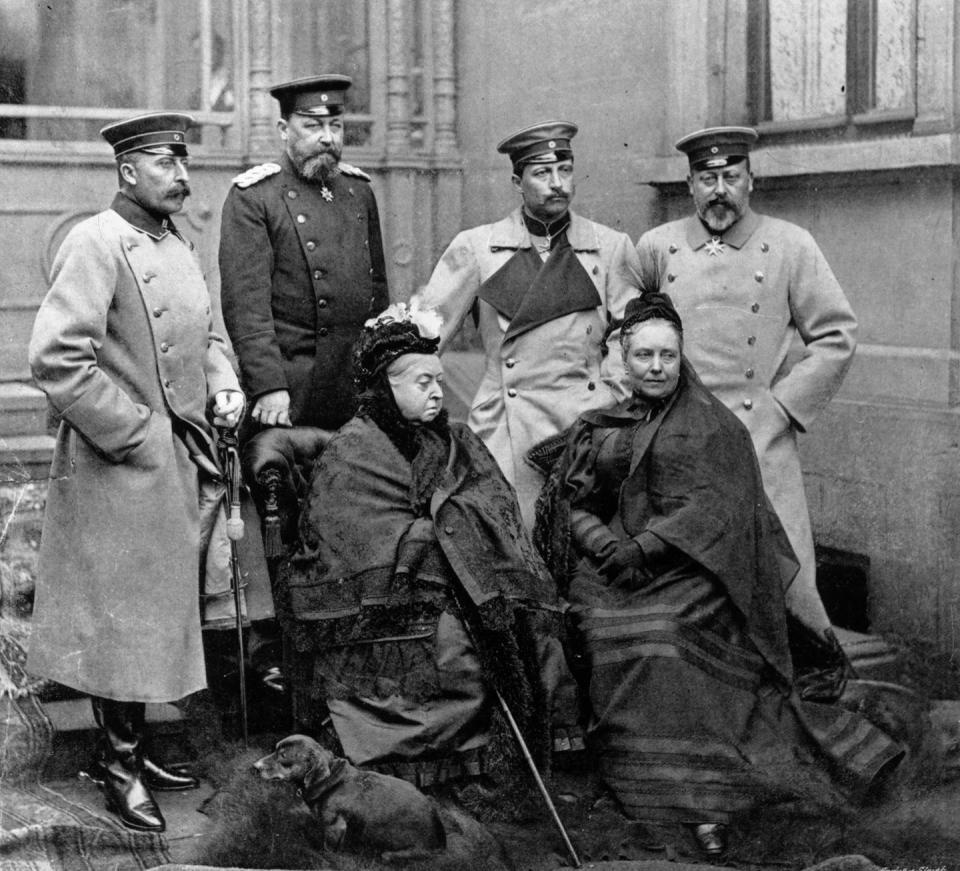
Queen Victoria's very first grandchild Wilhelm II, also known as Kaiser Wilhelm, also became the first of her descendants to lose his throne when he abdicated in November of 1918, just days before the end of WWI. The eldest of Victoria, Princess Royal's children, Wilhelm was considered brash and impulsive, traits that alienated many and played a significant role in the start of the war.
Following his abdication, Wilhelm fled to the Netherlands, where he ultimately died in 1941; Germany fell into a brief civil conflict after the loss of their political leadership and ultimately empowered a presidency as head of state, rather than return to a monarchy.
Russia
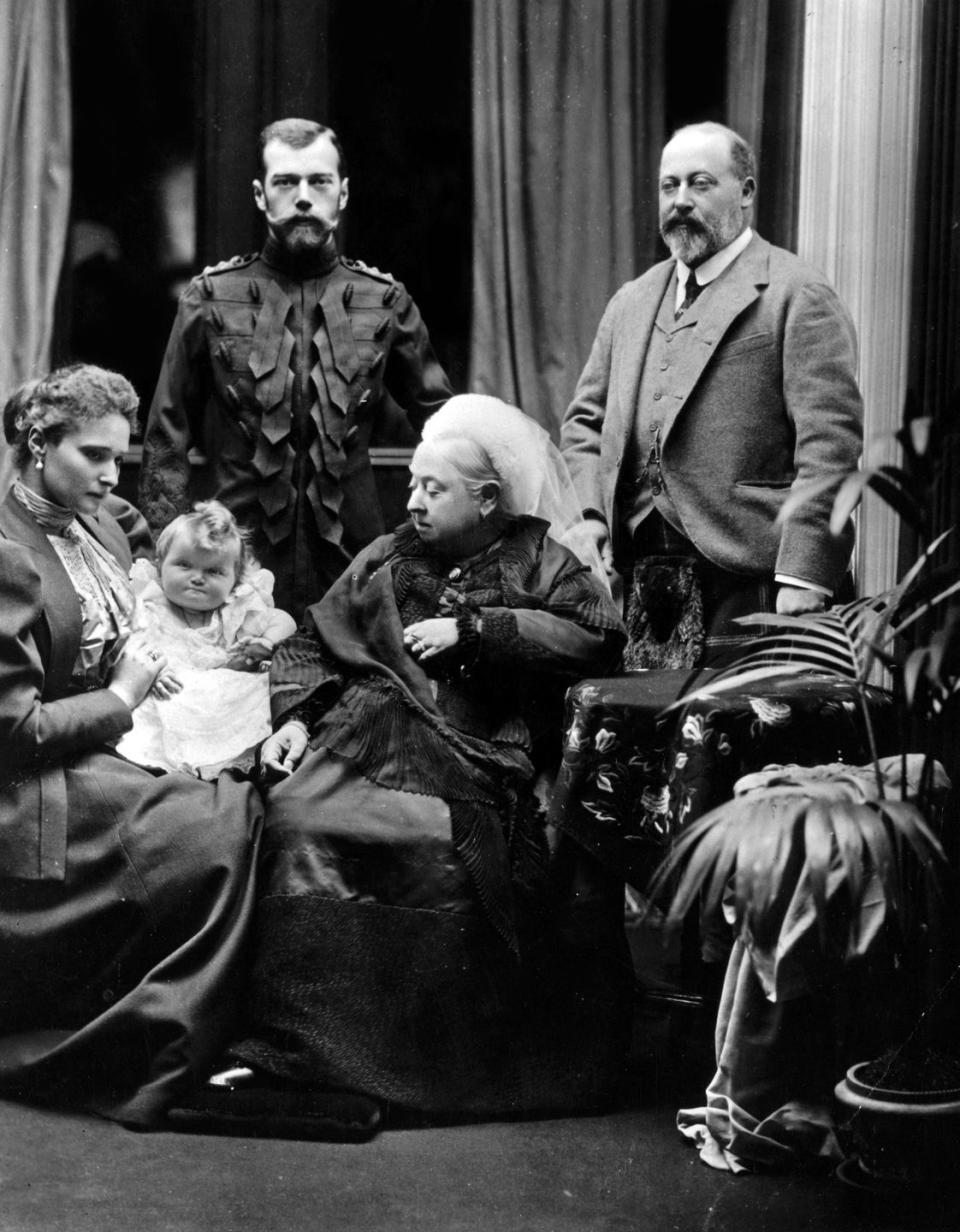
Victoria's second daughter, Princess Alice, was plagued by tragedy throughout her life—she nursed her father, Prince Albert as he died, a loss which overshadowed Alice's own marriage to Louis IV, Grand Duke of Hesse; she lost her two year old son Friedrich to a brain hemorrhage caused by hemophilia, and her sixth child, Alix, when Alix and her family were executed by the Bolsheviks in 1918.
Alix, who would become better known to history as Alexandra Feodorovna, was the Empress of Russia and wife of Tsar Nicholas II of the house Romanov. Together the two had five children, all of whom were executed along with their parents. Their deaths came following a revolution in 1917, forcing Nicholas to abdicate in favor of his brother Michael. However Michael elected not to ascend the throne and after a few years under a provisional government, Russia would become part of the USSR in 1922.
Romania
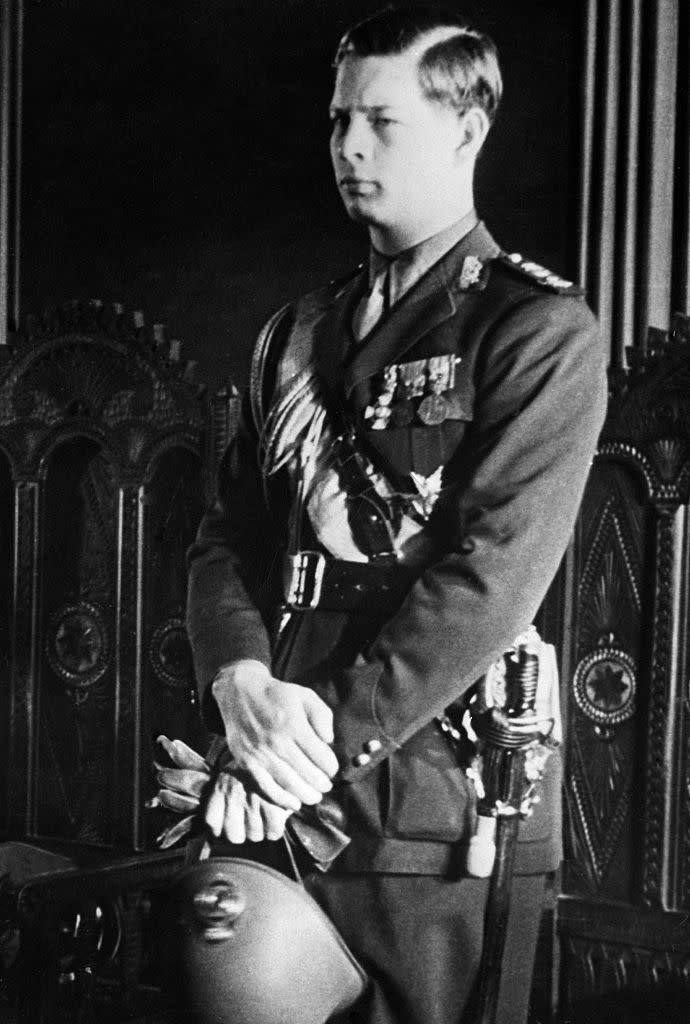
Like several of his relatives, the last king of Romania, Michael I, claimed relation to Queen Victoria on both sides of his family tree. On his father's side, he was descended from Victoria's son Prince Alfred via his daughter, Marie. Marie married Ferdinand I in 1893 and they had six children, the oldest of whom was Carol II, Michael's father. On his mother's side, he owes his Victorian lineage to Victoria, Princess Royal, whose daughter, Sophia of Prussia, had six children, including Michael's mother, Helen of Greece and Denmark.
Michael I actually served as king of Romania twice—his father, Carol II, ran off a with a mistress when Michael was very young, renouncing his rights and leaving Michael to inherit the throne upon his grandfather's death when he was five. Carol later returned and was proclaimed king by parliament, but was ultimately deposed and Michael was reinstated as king in 1940 where he served until 1947 when communist forces demanded his abdication at gunpoint. Michael accented (though he would later argue that the abdication was not valid due to the circumstances) and spent most of the next 50 years in exile.
Yugoslavia
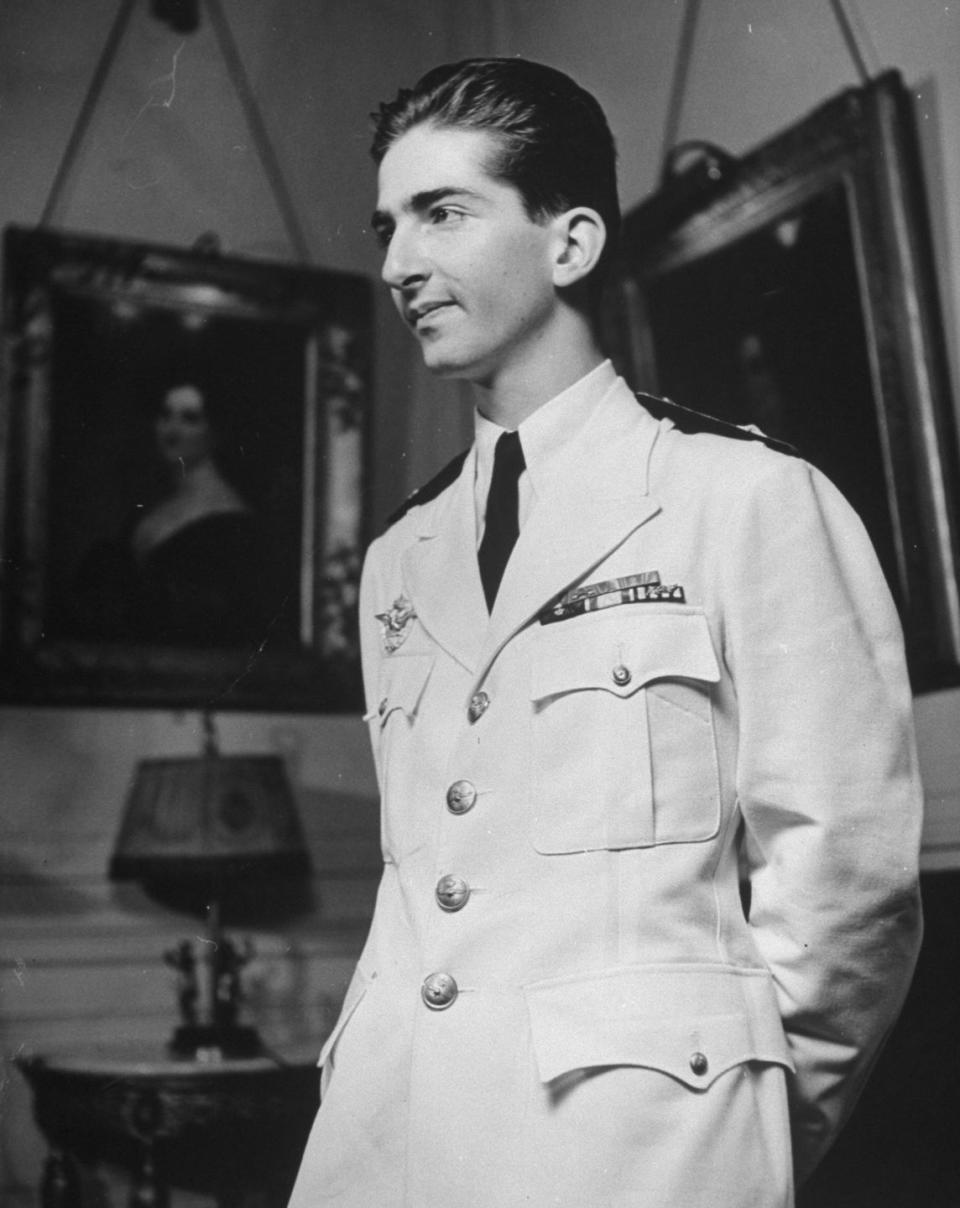
Perhaps unsurprisingly, given that the former Yugoslavia and Romania shared a border, the royal families of both countries were also close. Yugoslavia's final king, Peter II, was in fact first cousins with Romania's Michael I. The duo shared a relation through Peter's mother, Maria, who was the daughter of Marie of Romania, herself the daughter of Queen Victoria's son, Prince Alfred.
Peter II ascended the throne at age 17 in a coup d'etat against his uncle and regent, who wished to ally Yugoslavia with Germany during WWII. Within a month of his coronation in 1941, Yugoslavia was overrun by the Axis powers and Peter spent most of the rest of the war in England alongside his godfather, King George VI. After the war, Peter was not allowed to return to Yugoslavia, and he was ultimately deposed in 1945.
Greece
The most recent of Queen Victoria's family's thrones to fall was Greece, whose final king, Constantine II, served until the monarchy was abolished in 1973. He's the son of King Paul of Greece, who inherited the throne from his older brother, George II, who died childless in 1947. Constantine II is also the younger brother of Queen Sofia of Spain and was a cousin to the late Prince Philip, Duke of Edinburgh. Paul was the youngest son of Sophia of Prussia, herself a daughter of Victoria, Princess Royal.
In 1964 Constantine II married Princess Anne-Marie of Denmark, the sister of Queen Margarethe II, meaning that all five of Constantine and Anne-Marie's five children are, like numerous royals before them, dual-descendants of Queen Victoria.
You Might Also Like

